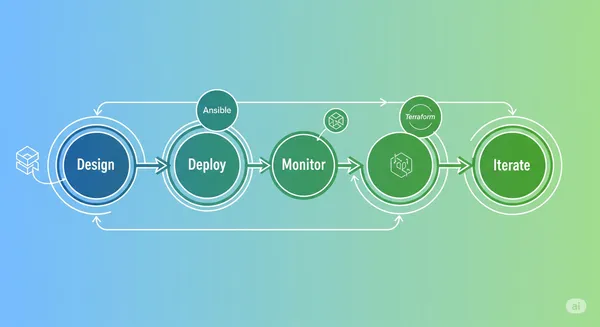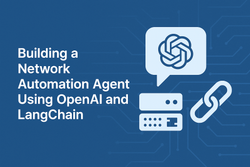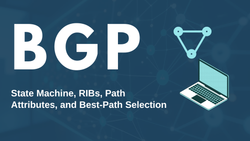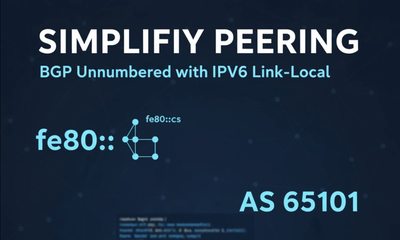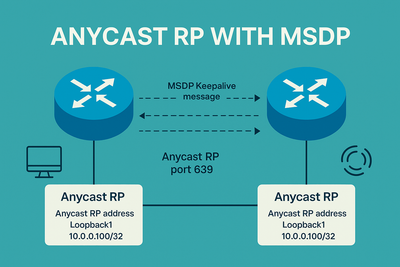On this page
For years, we’ve built and maintained networks – complex systems of boxes and protocols ensuring packets flow reliably. But in today's world of distributed applications, multi-cloud deployments, and relentless digital transformation, that’s no longer enough. The network is the platform; it’s the critical path for business innovation and technical delivery. It’s time we stop treating it as a cost center and start building it like one: as a product.
This isn't about adding marketing fluff to our configurations. It's about fundamentally changing how we approach network design, development, and operation. Drawing on the principles outlined in Matt LeMay’s Product Management in Practice, let’s explore how adopting a product mindset can unlock significant value for advanced network engineering teams like ours.
Forget "Users," Think Stakeholders: Who Are We Building For?
We often talk about network availability, but who actually benefits from that availability? It's not just the packets; it’s the application teams needing predictable latency for their microservices, security engineers demanding granular policy enforcement, SREs automating deployments with programmable APIs, and DevOps pipelines orchestrating ephemeral workloads.
A product-centric view forces us to ask:
- What are their pain points? (e.g., "Why does provisioning a new L2 segment require a multi-day ticket process?")
- How can we empower them with self-service capabilities? (Robust, versioned APIs for network control and telemetry are key.)
- What features will directly improve their velocity and security posture?
A rock-solid EVPN-VXLAN fabric is useless if it doesn’t abstract complexity and deliver predictable outcomes to the teams relying on it. We need to build for their success, not just technical perfection.
Beyond "Keeping the Lights On": Defining a Technical Vision & Roadmap
Reactive network engineering – responding to requests as they come in – leads to technical debt and missed opportunities. A product requires a clear vision: where do we want the network to be in 1, 3, or 5 years? How will it support our broader business and technical strategy?
Consider these questions:
- What role will the network play in enabling zero-trust architectures? (East-West segmentation is a prime example.)
- Are we prepared for the demands of high-throughput AI/ML pipelines? (Think per-flow telemetry, automated service chaining)
- What capabilities are missing to seamlessly interconnect our multi-cloud environments?
This vision translates into a concrete roadmap. Examples might include:
- Migrating from static IGPs to BGP-EVPN: Scalability and automation for modern overlays.
- Implementing NetDevOps pipelines (Ansible, Nornir): Configuration drift management, compliance as code, and faster deployments.
- Deploying streaming telemetry (gNMI, model-driven telemetry) with real-time analytics: Proactive fault isolation and performance optimization.
- Future-proofing with IPv6, SRv6, or LISP: Service agility and evolving requirements.
Document this roadmap – and socialize it. Alignment across engineering, operations, and application teams is critical.



